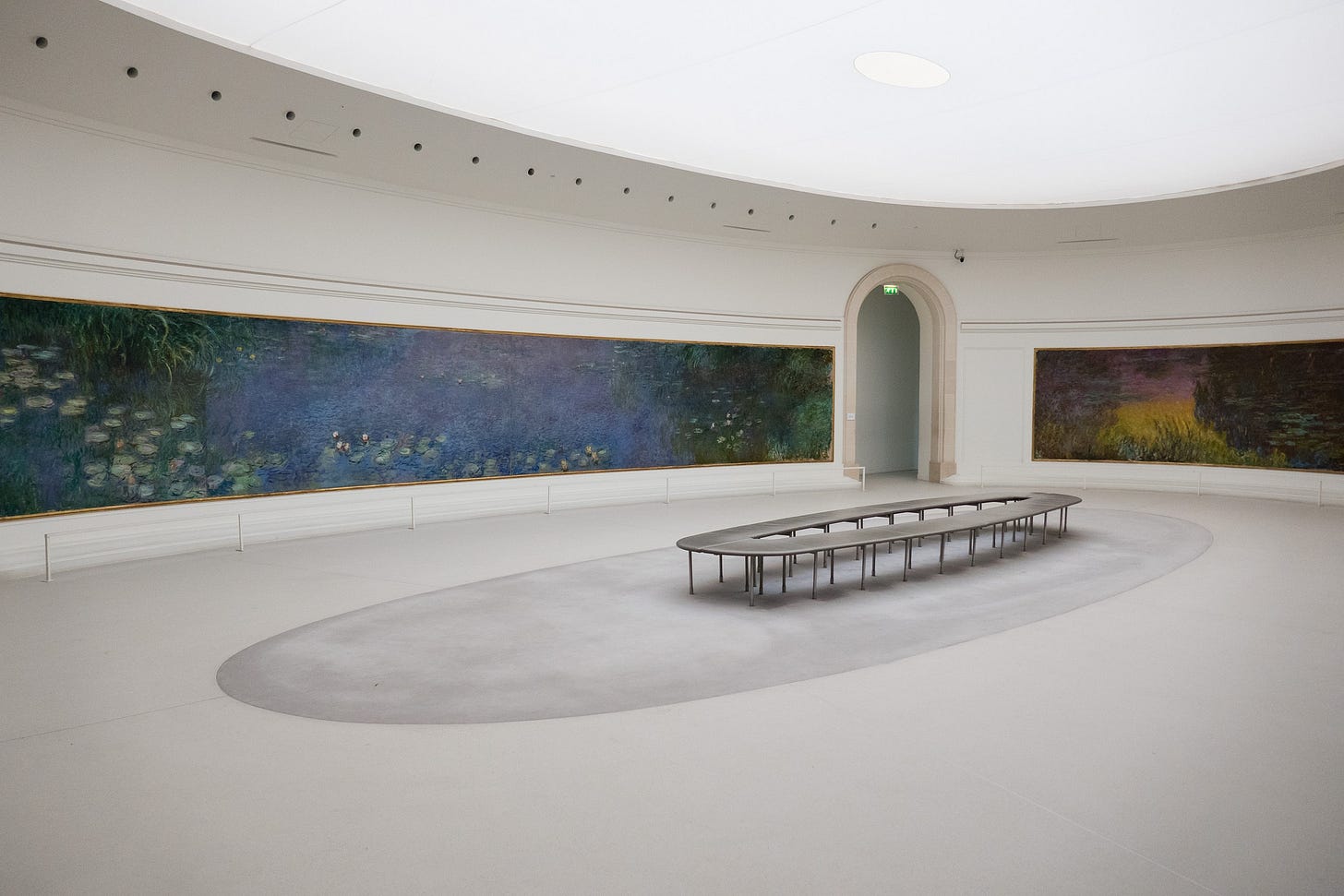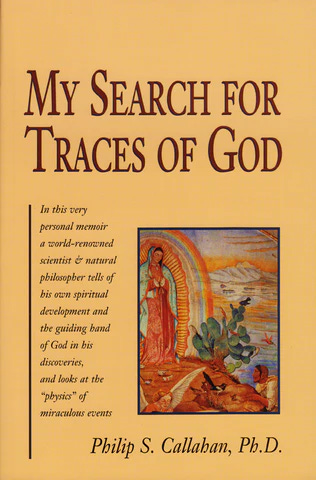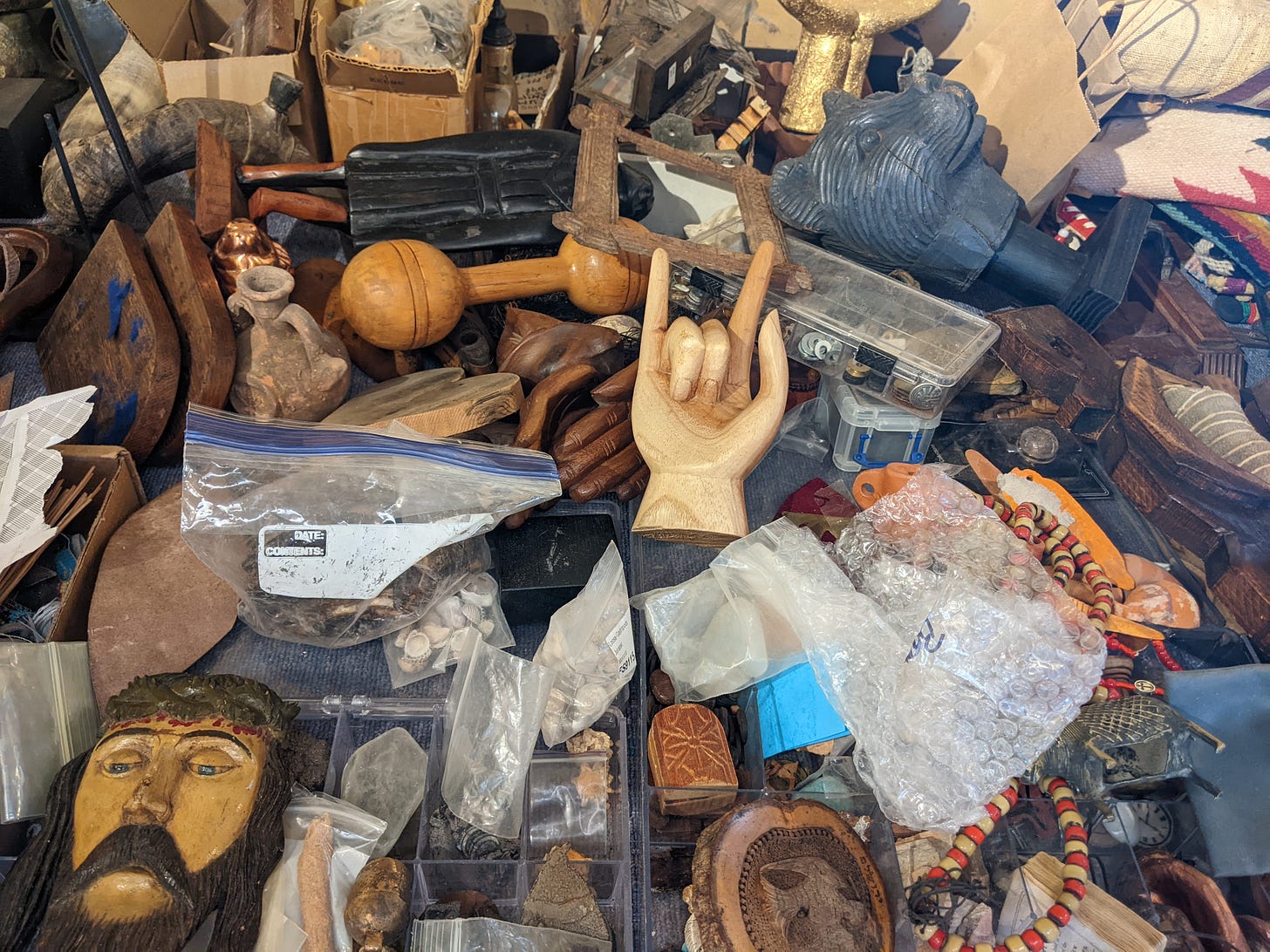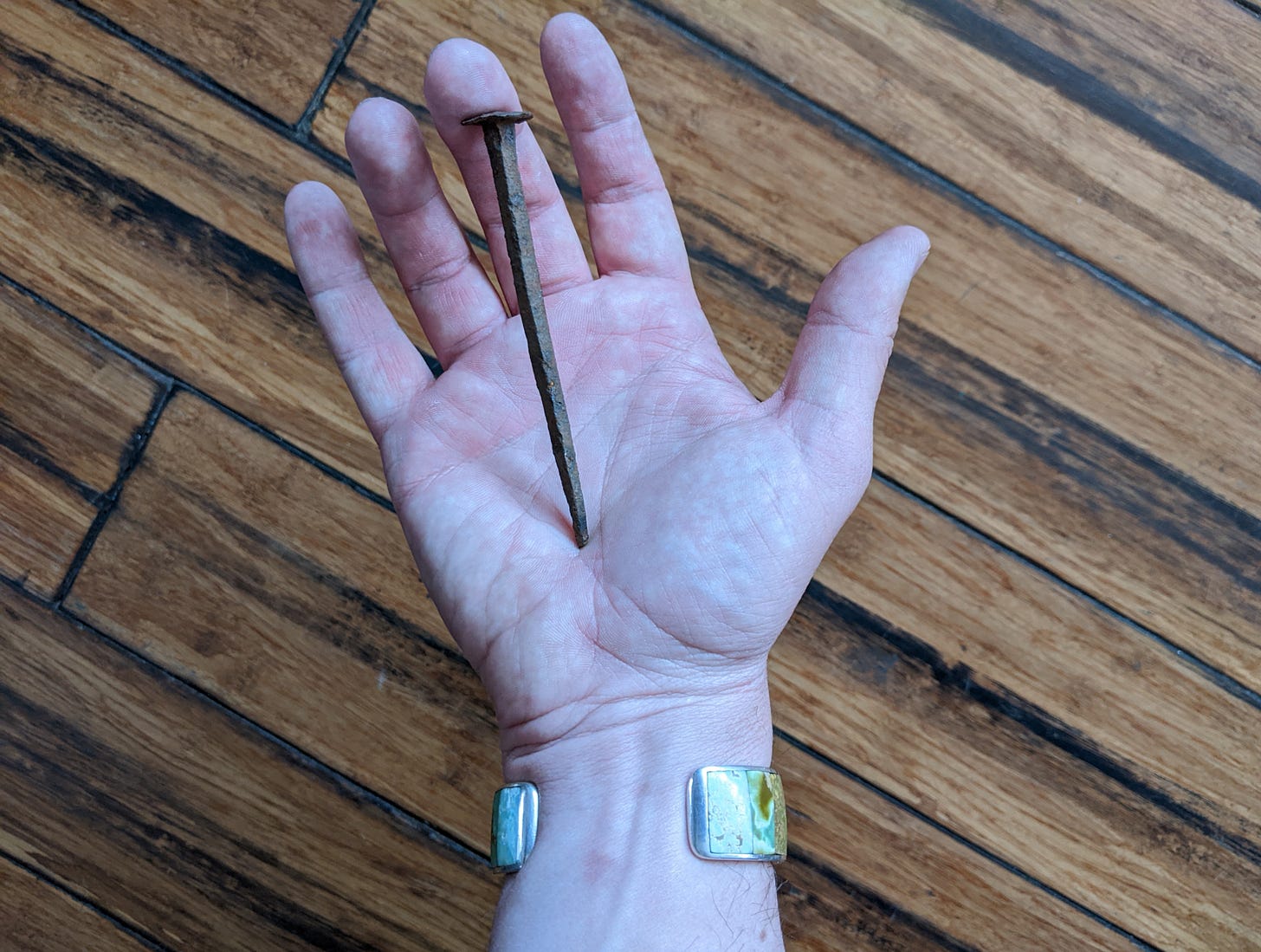“His letters are the finest mementoes of him that I have, and they are among the very best things he wrote. I keep his last letter with my other treasures, as a sacred relic.” - Goethe about Schiller, as quoted by Johann Peter Eckermann, Conversations with Goethe
I’ve visited more than my share of sacred sites. But I always abstained from taking photographs inside cathedrals. Because I wasn’t Catholic, my journeys to these places couldn’t be considered “pilgrimages” in any ordinary sense of the word unless you consider aesthetic appreciation in and of itself a pathway to God. In any case, I have visited many beautiful places because they are beautiful.
Here we approach something close to “taste.” An affinity for “the good, beautiful, and the true” is not something everyone seems to feel strongly. But even where we are seriously misguided, we nonetheless pursue what seems good to us. We may regret our choice later, but “it seemed like a good idea at the time.”
People with no eye for spiritual beauty are like people who cannot read the written word. They simply cannot appreciate the harmonious order of what is in front of them. But, as like perceives like, we cannot perceive beauty without interior beauty as a prerequisite. As such, inner beauty must be born within before it can be experienced without.
As the philosopher Hans-Georg Gadamer writes in his magnum opus Truth and Method,
“Taste is defined precisely by the fact that it is offended by what is tasteless and thus avoids it, like anything else that threatens injury. Thus the contrary of ‘good taste’ actually is not ‘bad taste.’ Its opposite is rather to have ‘no taste.’ Good taste is a sensitivity which so naturally avoids anything blatant that its reaction is quite incomprehensible to someone who has no taste.”1
A tasteless person will be confounded by the reaction of someone with taste because the aesthete sees something the soul-blind person does not. Likewise, in terms of the spiritual world, a materialist is someone who is blind to the value of the spiritual world in which they live and move and have their being. But my own colorblindness in no way negates the living reality of color for others. One might even go so far as to say that it is bureaucratic apathy, not concentrated malice, that is the true enemy of life. Caring, albeit for perhaps the wrong things, is preferable to not caring about anything at all.
A saint in whom sin has been mostly eradicated becomes ever more blind to the sins of others. Not because our errors aren’t serious, but because someone who only loves what is good eventually can only see what is good even in the worst of us. “Say no evil, hear no evil, see no evil” isn’t a goal, but it is a consequence of loving spiritual consciousness. As one story goes:
“Jesus and his disciples walked across a street. In the middle of the street was laying a dog. It was dead probably since several weeks. The disciples stopped Jesus and asked him: ‘Did you see that poor dead dog? Its body is in such an awful shape. The worms already have eaten the half of it’. Jesus answered: ‘No, I have not seen that. But have you seen these beautiful white teeth from that dog’.”2 To an external gaze, it would seem that Jesus is ignoring the bad, but that is a negative description of what he is doing. Jesus here is so attentive to the good that what is ugly does not even register. When our hearts are full of beauty, we start to see beauty everywhere else. When we see ugliness everywhere, it is our own hearts that are full of ugliness. To those who walk in beauty, those who do not walk in beauty simply appear to have less reality.
Robert Graves famously said, “When people have lost their authentic personal taste, they lose their personality and become the instruments of other people's wills.” Those who do not have strong preferences one way or another are easily bullied. The fullness of the personality requires robust antipathies and sympathies while at the same time spiritual development requires the ability to set those aside at will. Retreating into a blank state devoid of opinions is not spiritual progress but rather infantile regression. While benevolent tolerance is laudable, stale indifference is not spirituality. It is better to have strong antipathies than to be apathetic.
As Schopenhauer said, “Talent hits a target no one else can hit; Genius hits a target no one else can see.” This could be extended to ordinary intelligence versus clairvoyance. Intelligence sees many things others cannot understand, but spiritual sight sees things to which ordinary intelligence is blind. This is what the “cloud of unknowing” marks: the illumination from a higher sphere that ratiocination itself cannot access.
As a pilgriming aesthete, I’ve witnessed the remains of innumerable saints: the head (and finger) of St. Catherine of Siena, the chains of St. Peter, the scorched shroud of Turin, the stigmata-stained garments of St. Francis of Assisi, and many more. But something I found rather distressing was the piles of relics now shunted away in small museums. During World War II, to save them from the Nazis, relics were removed from many churches — and yet never returned. If one were only to consider this energetically, the removal of relics from their sanctuaries is like ripping an LP from a record player or a battery from a phone — or, more accurately, ripping a beating heart from its chest.
As Heidegger suggests, art moved into a museum is “alienated” from itself in a way. I would suggest this is somewhat like an animal moved into a zoo and divorced from its living environment. A work of art and an animal are meant to be in a warm home, in a living ecosystem (Gk. oikos, “home”), dwelling in an evolving web of dynamic interconnections.
While I myself frequent museums, the art on display has been torn from its living context — abstracted. While a museum allows viewers from around the world to witness a glimpse of another culture, it is only from within the cultural context that something can be fully appreciated. A Zuni fetish isolated from Zuni culture is no longer the same Zuni fetish, just as Socrates isolated from Athens is not Socrates and why Socrates chose death over exile.
Nevertheless, a cultural work of art can be enshrined in a suitable space. An excellent example of art being housed with reverence and sensitivity to natural light, context, and architecture is Musée de l'Orangerie which provides a panoramic home for Claude Monet’s largest water lily paintings:

Relics estranged from an aura of appreciated sanctity are likewise estranged from themselves. Similarly, Scripture alienated from its living tradition is like an uprooted plant: it’s still technically a plant, but one that is dead. A plant that cannot appreciate or utilize the light of grace perishes.
A self-described “Shinto Catholic” if memory serves, Phillip S. Calahan, Ph.D., author of Paramagnetism and My Search for Traces of God, explores the ideas of round towers and cathedrals as special resonance chambers capable of accumulating and broadcasting specific qualities. If the central space hosting a relic is emptied, is it any surprise the churches themselves have subsequently emptied? This is a theurgic theme and can hardly be answered easily by doctrinal inquiry.
But what do we do with estranged relics? How do we “upcycle” desecrated things without defiling them all the more? How do we resacralize something corrupted — be it an item, the soul, or the Earth itself?
There’s a Protestant joke about Catholics (as most of their jokes tend to be). A priest shows a display of the apostles’ bones, eager to please his guest. He says, “Here we have the skull of St. Paul as a man! And over here, we have the skull of St. Paul as a young boy!”
The absurdity of rival claims of various Church relics may be a serious concern for some, but there’s another way out of this quandary. In Tibetan Buddhism, if the bones of a saint are later determined to be the bones of a dog, this in no way changes the relic’s established sacred character. It is the sincere prayers of devotees that render even what is not human into a sacred object. Even what is unclean becomes sacred, and what is unholy can become luminous.
In a way, every imagination is an augury.
Aldous Huxley speaks of a “derived & secondary objectivity” whereby a myth becomes a living reality:
“If sacramental rites are constantly repeated in a spirit of faith & devotion, a more or less enduring effect is produced in the psychic medium, in which individual minds bathe & from which they have, so to speak, been crystallised out into more or less perfect development of the bodies with which they are associated…. Within this psychic medium or non-personal substratum of individual minds, something which we may think of metaphorically as a vortex persists as an independent existence, possessing its own derived & secondary objectivity, so that, wherever the rites are performed, those whose faith & devotion are sufficiently intense actually discover something ‘out there,’ as distinct from the subjective something in their own imaginations. And so long as this projected psychic entity is nourished by the faith & love of its worshippers, it will possess, not merely objectivity, but power to get people's prayers answered….”3
Even if a story began as a rumor — or even a lie — when it becomes the locus of sincere faith, it can become a nexus of grace. One might even suggest that the future miracle, like any creative act, must first be imagined, just as a child must first be conceived before it can be born. This suggests that what is conceived as fiction may really be a form of unrecognized premonition — a prophecy that only appears as such in retrospect. Over enough time, an imaginary legend may prove to be a forerunner of an even greater reality and thereby inaugurate a real miracle.
The most visited pilgrimage site in North America is Santuario de Chimayo, where many people have stories of being cured of serious ailments. Even if the origin story was “invented” (and I’m not asserting that it was), the subsequent effects of devotion through the dispensations of grace at such holy sites may nonetheless become a reality. This does not conflate miracles merely with an effect of psychic energy, because grace was already working in the formative world, having been conceived as the first light of dawn in the imaginal realm before being born in the actual world. In a way, every imagination is an augury — an intimation (or a “type”) of future wonders in statu ascendi.
The Son experiences every bullet and every wound in every conflict.
But what is a relic? If we allow a Catholic definition, it is “some object, notably part of the body or clothes, remaining as a memorial of a departed saint.”4 But we all have mementos — of lovers, friends, ancestors — that approach this definition. As Roger Scruton says, “objects, when they form part of the home, are endowed with a soul.”5
The moral character of the person to which a memento is attached is secondary to our relationship with that person. Some of us are bad to some people but decent to others. Even Christ says, “No one but God is good.”6 Moreover, Valentin Tomberg suggests that “no Christian saint has ever considered himself otherwise than as a great sinner.”7 Our loved ones may not have been saints, but even the saints were not saints once. Saints only became saintly when they were finally tired of their attachments to sin.
If we understood Christ’s astonishing claim as the recipient of all experiences, our lives would be revolutionized: “Truly, I say to you, as you did it to one of the least of these my brethren, you did it to me.’”8 This means that what we do to one another, we do to Christ. For me, the Father is the possibility of all consciousness, but it is the immovable observer and progenitor of all, whereas the Son is the basis of all experience, the one who “He was oppressed, and he was afflicted, yet he opened not his mouth; like a lamb that is led to the slaughter, and like a sheep that before its shearers is dumb, so he opened not his mouth.”9 In you, the Messiah is crucified by your mistreatment of others — and of yourself. Our very possibility of experience is the Son in us. And he does not protest our abuses because God is Love, and love cannot exist except in freedom. But this also means that the Son experiences every bullet and every wound in every conflict, but he never pulls the trigger. God is not outside us. We are inside God. And the only begotten Son, the sacrificial ground of all phenomenal existence, experiences everything along with us — in our neighbors as in ourselves.
In February 2024, I visited the studio of an artist named Jim Baker in New Mexico, where he and his wife were gracious hosts to me. Jim Baker’s work reveals an otherworldliness in everyday earthly materials. Raw, visionary, and devoid of mere sentimentality. This is not cakewalk spirituality but something visceral and existential — something lived.

Encased in this reliquary by artist Jim Baker is an authentic Roman crucifixion nail. This got me thinking that this is, clearly, by no official standard a “true” relic — and yet there is a mystical sense in which the one who dies in each death is also a death experienced by Christ and of the weapon that murders even the worst villain Christ will say, “You did it to me.” It wasn’t that they didn’t deserve it in a narrow sense, but in a broader sense, non-violent resistance says it is better to suffer an injustice than to risk committing an injustice. This doesn’t mean we can’t defend ourselves, but it means we had better be damn sure that our defensive act reduces suffering and does not merely propagate more violence.
All slavery is simony.
A relic that is sold ceases to be considered a relic according to the formal rules of the Church, and yet there undoubtedly remains residual sanctity. Even if I take an iron out of the fire, it still glows. This particular nail has passed hands, and money was exchanged at multiple junctures — yet the story of the nail is its own. Does it matter whether a man is sold into slavery? Enslavement is an indignity, but the soul is not tarnished by external conditions. Each enslaved person maintains his or her inalienable inner holiness as a being created in the image of God in spite of the humiliation of being bought and sold. Even if a relic cannot (or should not) be sold, how can it really lose its inherent holiness?
If a relic cannot be sold, I would propose that it cannot be sold the way that a human being cannot really ever be sold. In a spiritual sense, neither a relic nor a human being can be owned and, therefore, neither can be bought or sold. The transaction itself is what is invalid, not the inherent sanctity of what is mistreated in the sacrilegious market exchange. As the Catechism of the Catholic Church says concerning the crime of simony (selling sacred items), “It is impossible to appropriate to oneself spiritual goods and behave toward them as their owner or master, for they have their source in God.”10 What is more sacred than the human being in all its forms? All slavery is simony.
This crucifixion nail is not a relic in the sense of a beatified saint but rather in the sense that “Christ is All” and “I am the way, the truth, and the life.” Any taking of life is an act upon Christ and not as a mere metaphor. As Emerson wrote, “It is not words that are emblematic; it is things that are emblematic. Every natural fact is a symbol of some spiritual fact.”11 If we could feel how all we do affects others, we would shy away from offending even a titmouse or ruffling the feathers of a hen. As Willa Cather writes in Death Comes for the Archbishop, “The land and all that it bore they treated with consideration; not attempting to improve it, they never desecrated it.”12 Most of our problems come from misguided solutions. It is healthier to stand in awe of what is greater than us than to tinker with what we do not understand. It’s easy to understand the tendency towards a vegetarian diet when we feel Christ as “the life” in all living things and upon which all living things depend.
The sensitivity to Christ in all things does not negate their uniqueness, nor does it dissolve into beige uniformity. It is through Christ we participate in Life, and our life borrows perpetually from him. This sensitivity is not something that can be taught. This is also not something that can be bought. It is something that must arise as an inner birth. Tasting Christ in the host, and in all life, is not something that can be explained to someone who is tasteless. They will gape at us and be confounded by our reactions. Our reverence for life will make us appear like fools to the world. If it doesn’t, we may be long to the tasteless masses. Having neither good nor bad taste, God will spit those out of his mouth.
Hans-Georg Gadamer, Truth and Method, Second, Revised Edition Translation revised by Joel Weinsheimer and Donald G. Marsh, pg. 33.
https://www.al-islam.org/noble-words-abolfazl-sabouri/10-beautiful-white-teeth
Aldous Huxley, The Perennial Philosophy (New York: Perennial Classics, 1945), 265-266.
https://www.newadvent.org/cathen/12734a.htm
Roger Scruton, England: An Elegy, pg. 9
Luke 18:19
Valentin Tomberg, Meditations on the Tarot, pg. 260
Matthew 25:40
Isaiah 53:7
CCC2121 http://www.scborromeo.org/ccc/para/2121.htm
Ralph Waldo Emerson, Nature
Willa Cather, Death Comes for the Archibishop








Wonderful meditation, Stuart. I am especially struck by this idea of Christ as recipient of all experience. As you rightly stress, everything hinges upon integrating this reality and *live* according to it, not just give intellectual assent to it (as I do). But reflecting on why it is that I cannot *see* this reality, I was reminded of Matthew 6:22. Could we say that (and sorry if it belabors the point) only one whose eye is *simple* (as Christ's is) can see the good in what is ugly and gaze in love upon one's enemy?